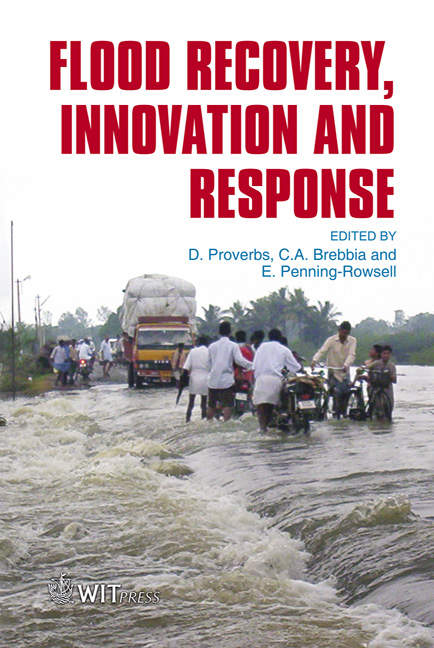Possibilities Of Hydraulic And Hydrology Simulation Models As Support To Conventional Methods For The Limit Of Hazard Zones By The Example Of The Donnersbach Stream
Price
Free (open access)
Transaction
Volume
118
Pages
6
Page Range
139 - 144
Published
2008
Size
819 kb
Paper DOI
10.2495/FRIAR080141
Copyright
WIT Press
Author(s)
S. Janu
Abstract
Numeric hydraulic simulation models are used successfully in the range of flood documentation and event analysis. By using these documentations, with the help of event data sets (precipitation, discharge data, water marks...), it is possible to calibrate the provided models and to gain useful knowledge of the pros and cons and their application. In addition to that, with laser scan data sets, wide land models with a high resolution can be built and used as a basis for numerical hydraulic simulations. In the existing project, the revision of the hazard mapping Donnersbachwald resulted in the use of a numeric hydraulic simulation as a supplement to the common methods (historic method, literature-investigation, analysis of previous planning and expert opinion). For the project \“Delimitation of hazard zones at the torrent Donnersbach/Styria” two-dimensional and one-dimensional hydraulic simulation models were used in addition to the common planning methods (historical method, literature search, evaluation of past planning and appraisals). Different scenarios were calculated, varying the input hydrograph (the hydrologic calculations were carried out with the aid of the HEC-HMS model), flooding process and blockage of bridges. The selected sections lie in the valley at the bottom of the community of Donnersbach with a slope angle of between two and five percent. After evaluation of existing data sets with the help of historical event data in principle, two questions for the simulation resulted: 1. The effect of blockage of existing bridges for the overland flow. 2. Retardation of flow due to the storage effect of overland flow for the main stream in Donnersbach. With the two-dimensional numerical simulation the reciprocal effects of the subordinated processes and different discharge scenarios could be considered and analyzed. The results were used on one hand as a support instrument for the delineation of hazard zones and on the other hand as documentation material for the public work. Keywords: flood discharge, numeric 2-d simulation, delineation of hazard zones.
Keywords
flood discharge, numeric 2-d simulation, delineation of hazard zones.





